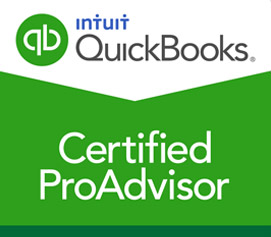Employees of mid-size to large corporations have an advantage when it comes to saving for retirement. They have a corporate-sponsored 401(k) plan that allows them to contribute from each paycheck. Companies that offer this benefit also often have a matching program whereby they contribute an additional amount of money based on company earnings or other indicators.
Self-employed people — freelancers, contractors, or consultants — often feel like they’re missing out in this regard. They have to figure out a way to save for retirement on their own without the structure of a corporate 401(k) plan to help. This is a challenge for many.
A SEP IRA May Be the Answer
There is an option for self-employed workers, though. A Simplified Employee Pension (SEP) plan may be just what they need. A SEP is an individual retirement account (IRA) that can be set up by a self-employed worker for themself and their employees, if any, to save for their golden years. Not only do they get the benefit of invested savings through the plan, but they get tax breaks too.
SEP plans allow the self-employed business owner to set money aside for retirement for themselves and any employees they have at a fraction of the cost of a typical 401(k) plan. SEPs are available to businesses of any size, but they’re most often used by smaller companies and single-employee operations. A SEP IRA allows the business owner to put up to 25% of the business’s income toward retirement — a considerable advantage for freelancers and other solopreneurs. There are income requirements, though, so check with your accountant to make sure your business qualifies.
SEP IRA vs. 401(k)
One of the biggest differences between a SEP IRA and a typical 401(k) is that in the case of the SEP, the employer makes contributions for all plan participants, whereas with a 401(k), each employee is responsible for participating and contributing. SEP IRAs often have a higher contribution limit than a standard IRA, and all participants are immediately vested in the plan, meaning they have access to the total amount contributed to the SEP IRA account at all times. Many companies that offer standard 401(k) plans require that employees work for five years or more before becoming fully vested.
A SEP IRA is also helpful when business takes a downturn. Employers can skip contributions in years when revenue is less than stellar. This is a benefit not found with a traditional 401(k) plan. Also, there are no tax filing requirements for a SEP IRA.
Ready to Set Up a SEP Plan?
SEP plans are relatively easy to set up.
- Execute a written agreement to provide benefits to all employees. You must contribute an equal amount for all eligible employees.
- Provide employees with the details of the SEP IRA plan agreement.
- Set up an IRA account for each employee.
- Make contributions.
There are many other factors to consider in setting up a SEP IRA for retirement. Consult the IRS website for more information, or better yet, let the tax professionals at Adams Accounting Solutions help. We’ll advise you on the best avenue to retirement and help you set up the accounts you need to stay on track. Give us a call today!



